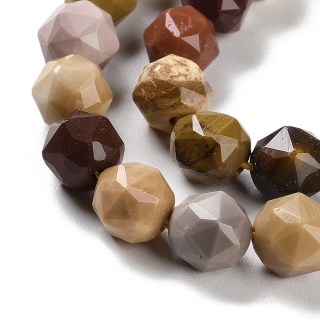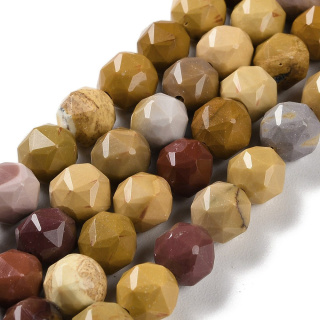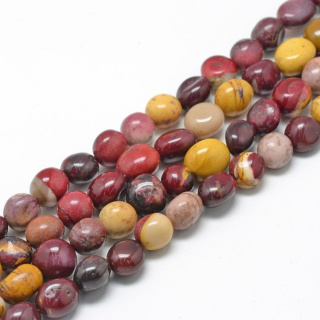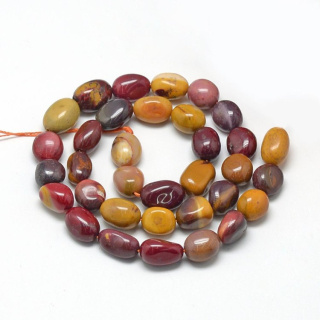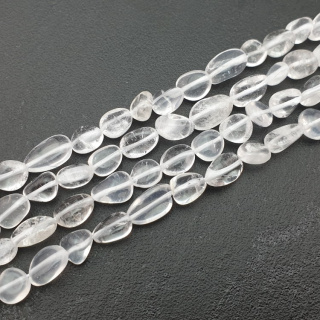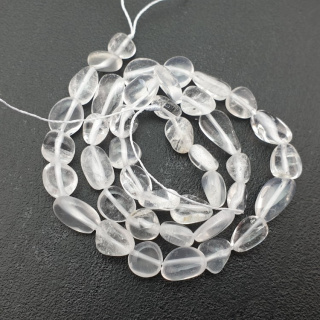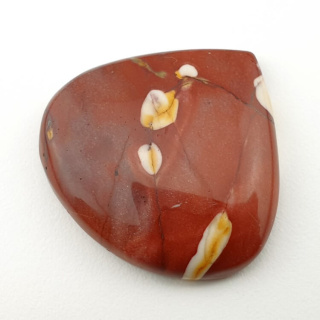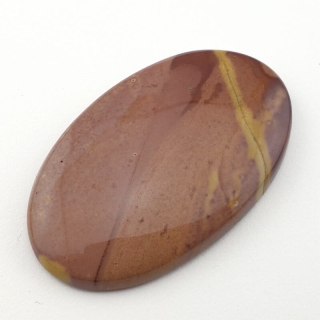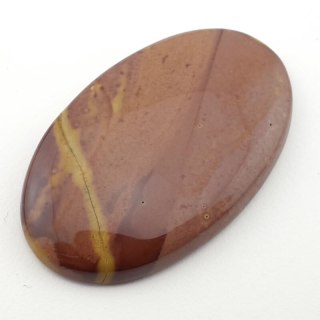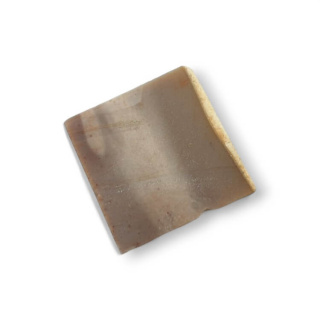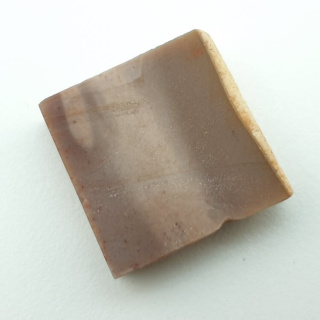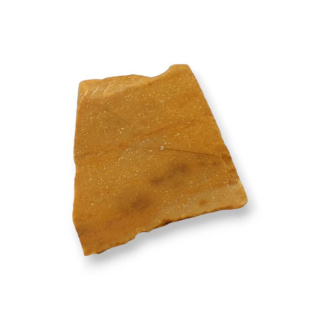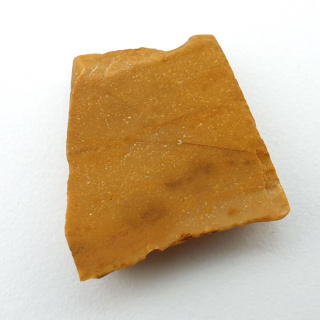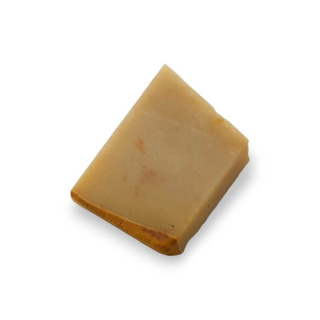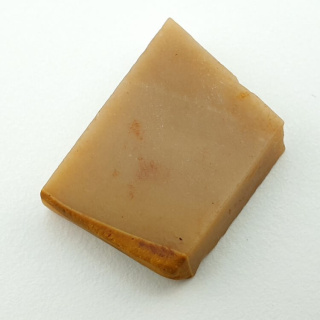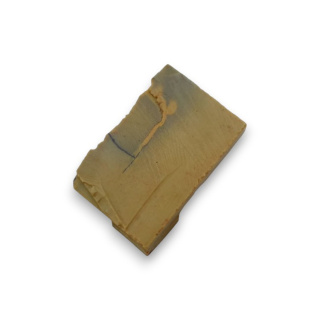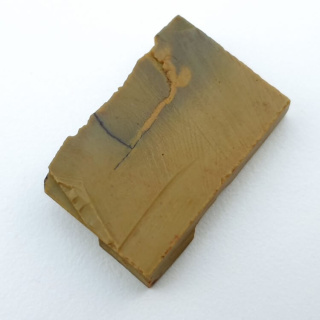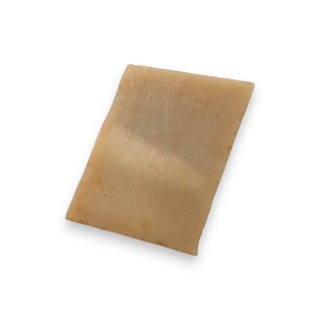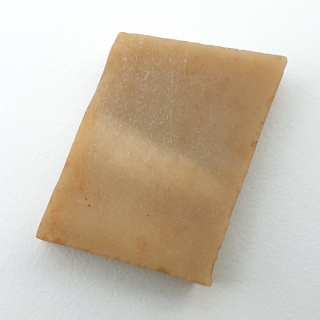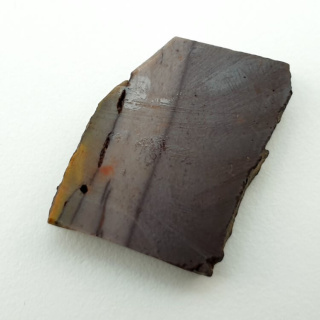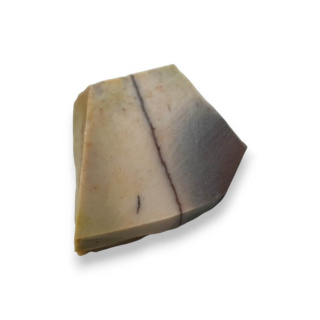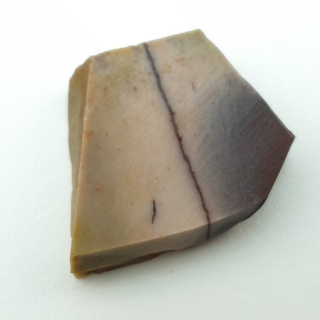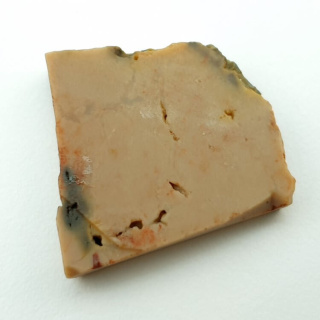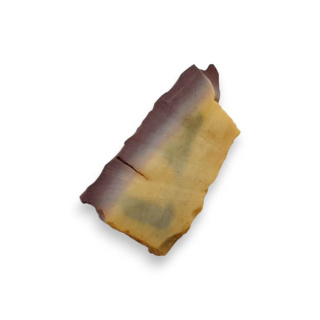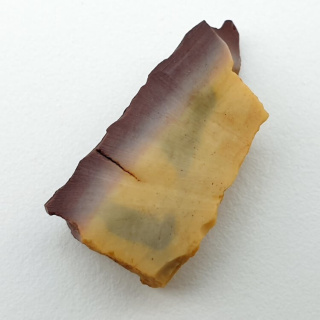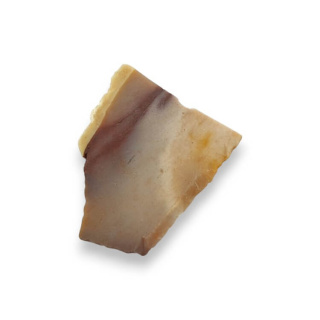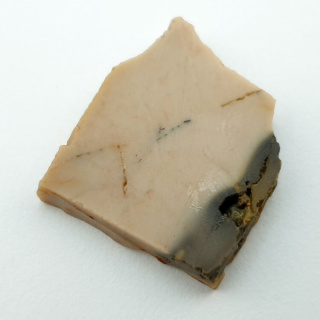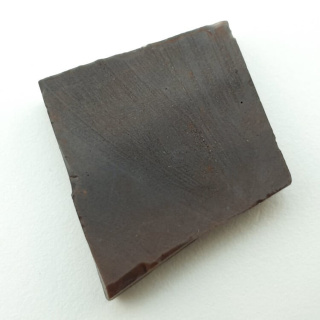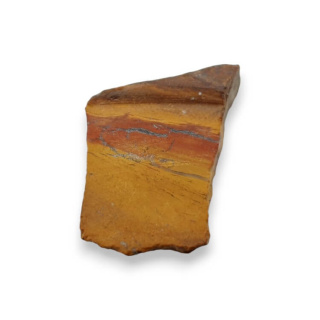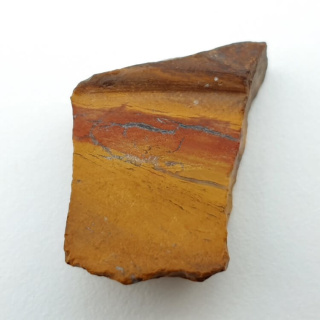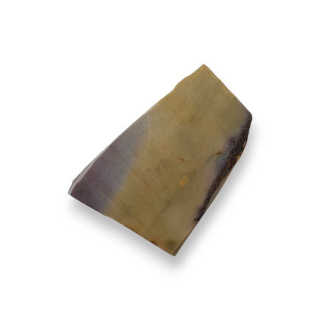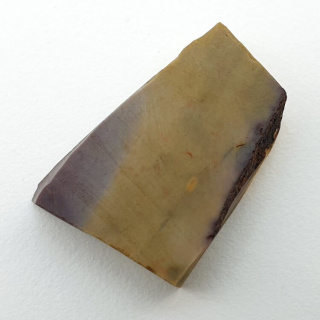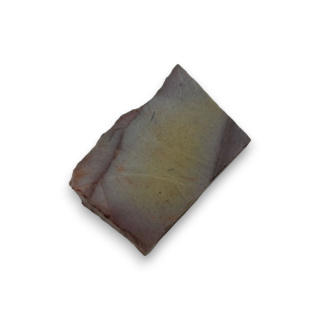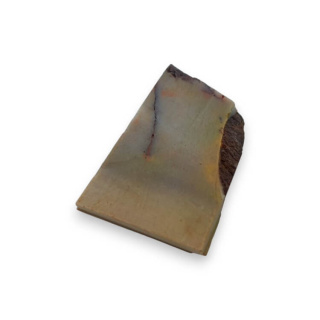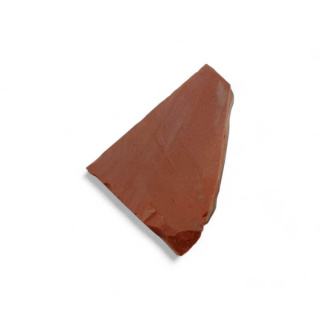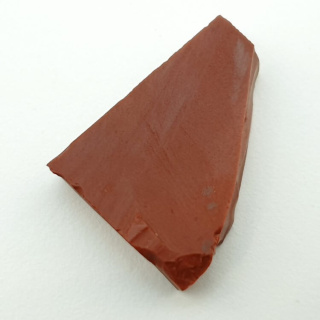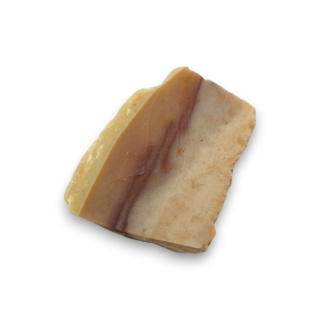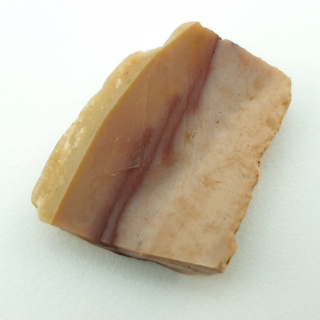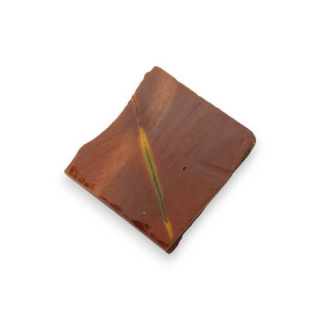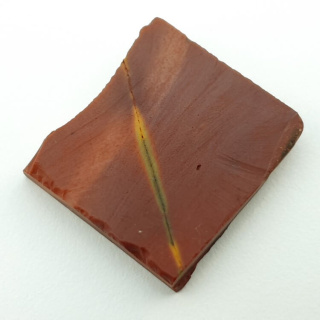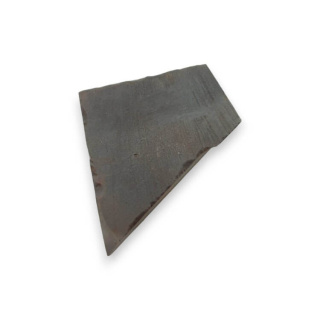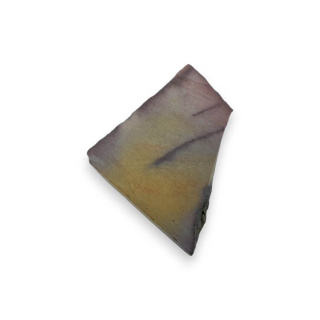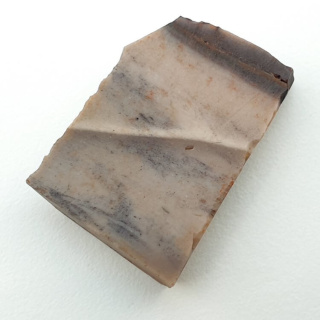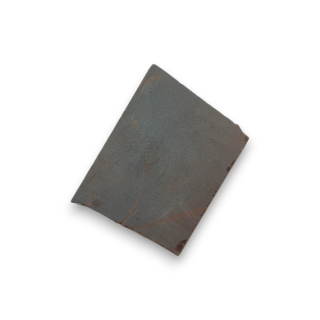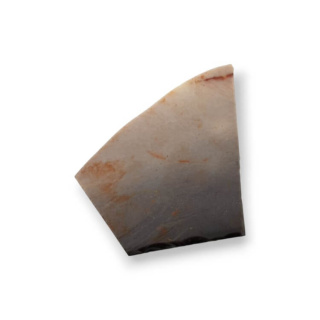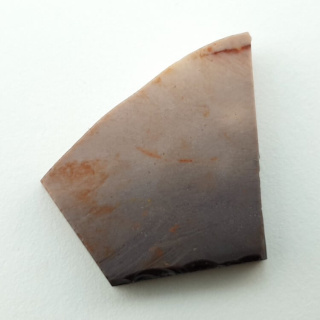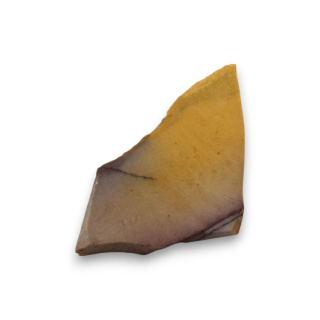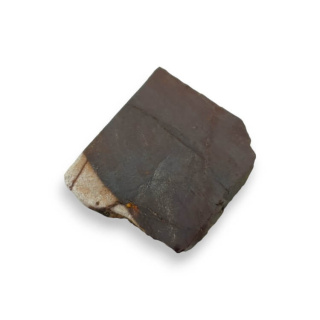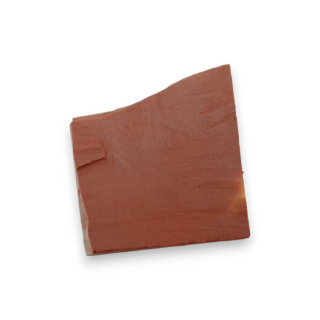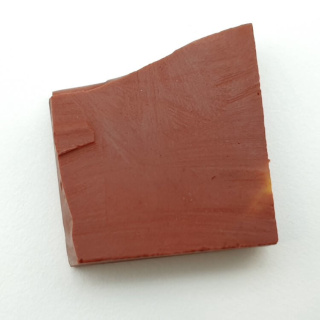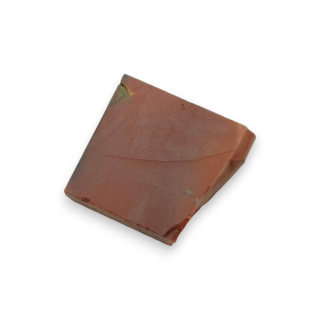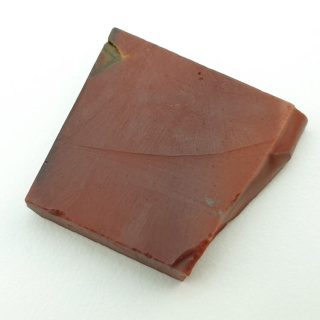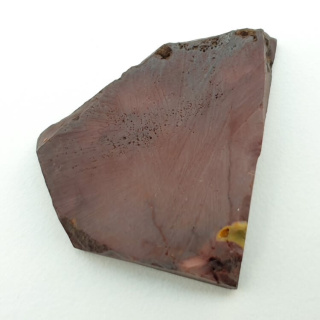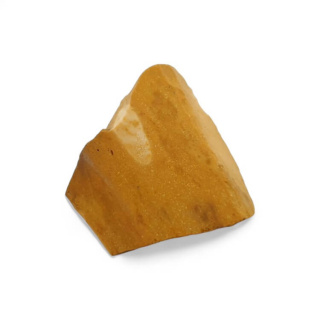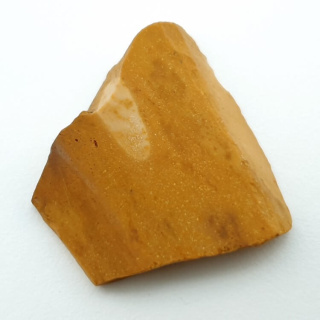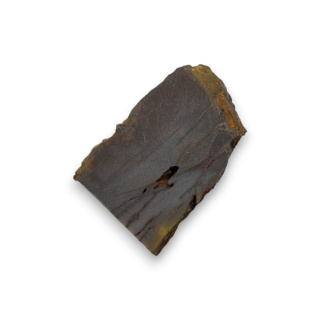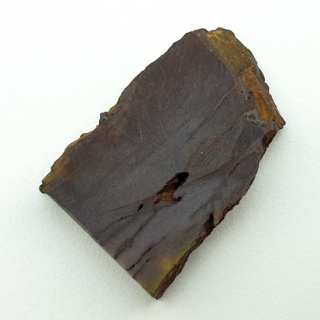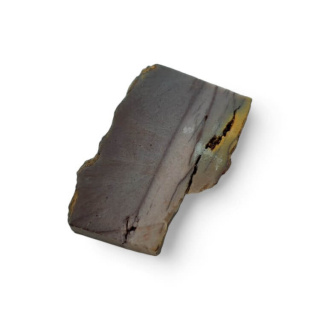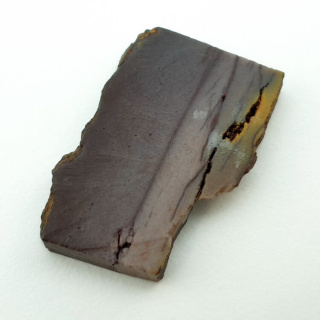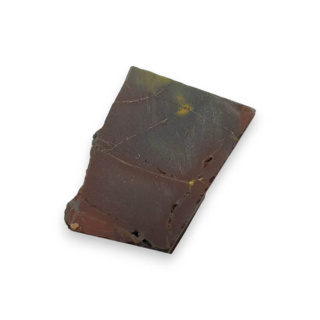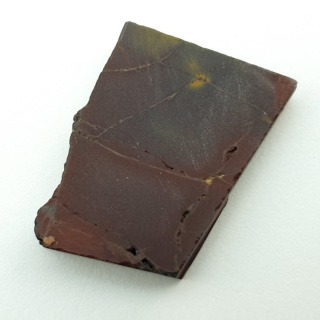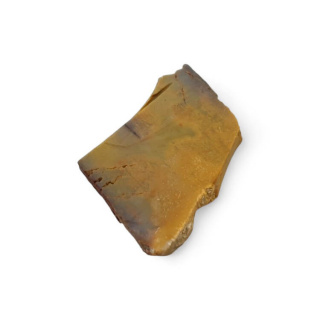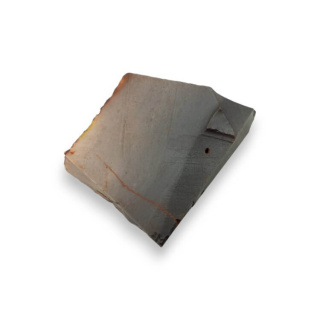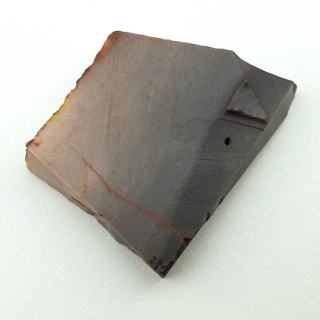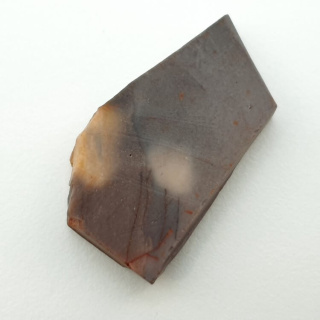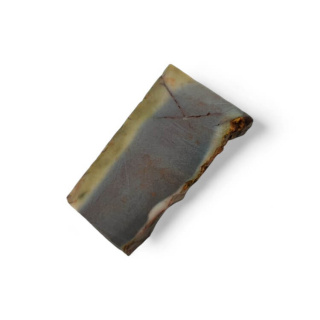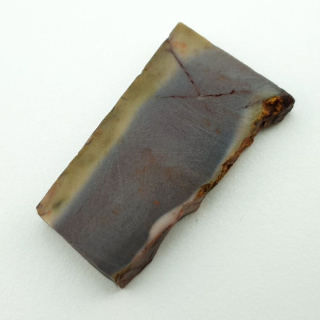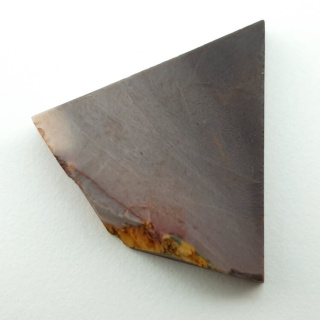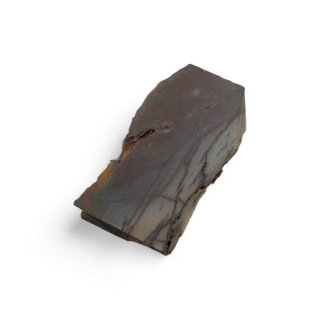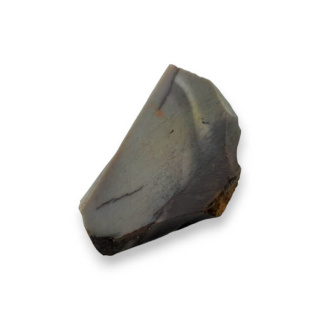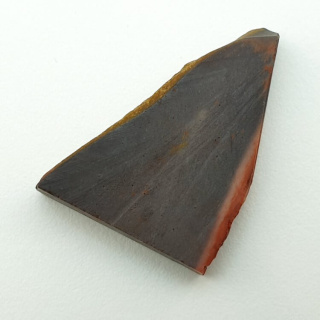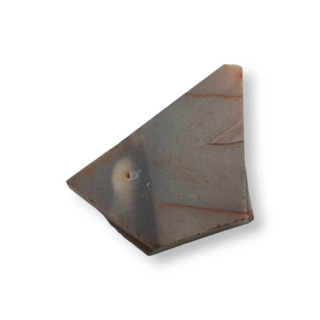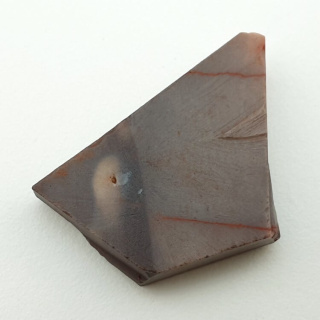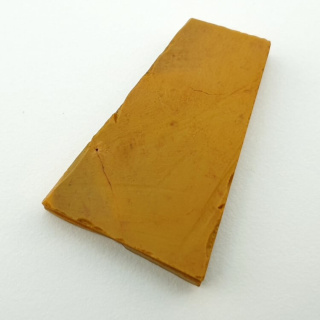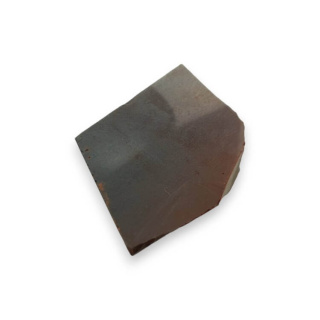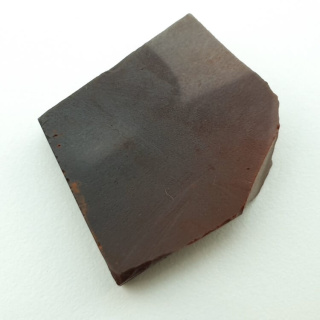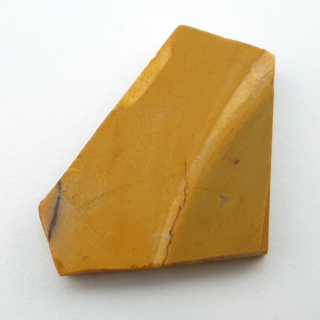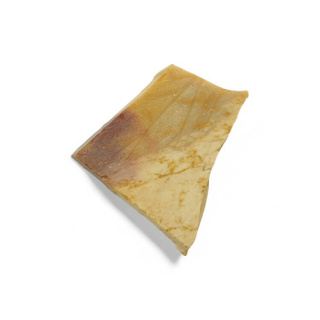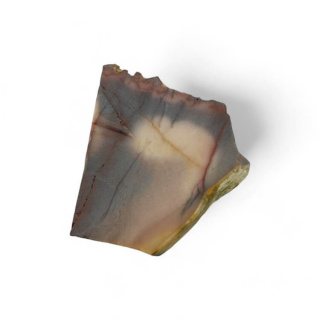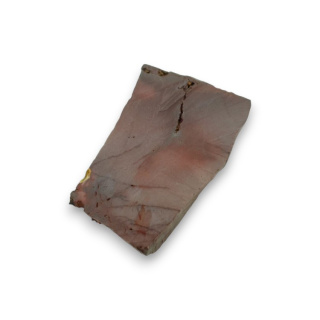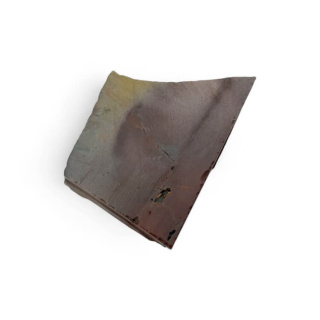Mokaite is a colorful stone from Western Australia
Number of products : 114What is mokaite?
Mokaite is a type of decorative stone that is a variety of jasper. The name mokaite or mookaite comes from the place where it was discovered, Mooka Creek in West Virginia, USA. It is a stone with various shades of brown, beige and red, often with characteristic spots or stripes.
Mokaite is a popular material for jewelry and decorative items. The stone is sometimes cut and polished into various shapes and set in silver or gold. Its unique patterns and colors make it an attractive choice for those looking for unusual and natural stones for their jewelry designs.
Origin and name of mokaite | mookaite
Mokaite comes from the Mooka Creek area in West Virginia, United States. The name “mokaite” is related to the place where it was discovered. It derives from the name of this specific location. The name “Mooka” Creek was probably misinterpreted from the name of a local tribe or an Indian name, which is quite common in the history of geographical naming.
Mokaite became known by this name because of its unique properties and patterns found on stones from this area. Mokaite stones are characterized by a variety of shades of brown, beige, red, and other colors, often forming distinctive spots or stripes. This has made mookaite a popular material for jewelry and ornaments and has attracted the attention of collectors and mineral enthusiasts.
What are the distinctive features of mokaite that set it apart from other gemstones?
Mokaite is a gemstone that stands out for several distinctive features that attract the attention of jewelers and mineral collectors. Here are some of these characteristics:
- Patterns and colors: Mookaite is known for its unique patterns and colors. Mokaite stones can have a variety of shades of brown, beige, red, orange, and other earth tones. These colors often form distinctive spots, stripes, or other abstract patterns on the surface of the stone.
- Hardness: Mookaite has a hardness of approximately 6.5-7 on the Mohs hardness scale, which means it is durable enough to be used in jewelry and decorative items.
- Origin: The unique name “mookaite” comes from the place where it was discovered, Mooka Creek in West Virginia, which gives it additional charm associated with its history and location.
- Rarity: Mokaite is relatively rare, making it a prized stone among collectors and mineral enthusiasts.
- Jewelry uses: Due to its attractive colors and patterns, mokait is often used to create unique and beautiful jewelry such as necklaces, bracelets, rings, and earrings.
- Cultural significance: Mookaite also has spiritual and cultural significance for some indigenous communities living in West Virginia. This stone is an important part of their culture and traditions.
These characteristics distinguish mokaite from other gemstones and give it its unique character and value.
What are the most popular uses of mokaite in jewelry and ornaments?
Mookaite is a prized material in jewelry and ornament making due to its unique colors and patterns. Here are some of the most popular uses of mookaite in these fields:
- Necklaces: Mookaite stones are often cut into cabochons or other shapes and mounted in necklaces. Mookaite can be used as the main center stone or as a decorative element in necklaces.
- Bracelets: Mokaite can be used to make bracelets, both as the main stones and as additional decorations in combination with other stones.
- Rings: Mokaite stones are sometimes set in rings as center stones or side stones. Mokaite is prized for its unique appearance, which attracts attention.
- Earrings: Mokaite can be used to make earrings in both cabochon and other shapes. Mokaite earrings are often elegant and attractive.
- Brooches: Mookaite stones can be used to create brooches and clothing accessories. Mookaite brooches can be delicate or more striking, depending on the design.
- Pendants and amulets: Mokaite is often used to create pendants and amulets that are meant to symbolize protection, harmony, or other positive qualities.
- Men's jewelry: Mokaite is also used in men's jewelry, such as cufflinks and men's rings.
- Mokaite in combination with other stones: Jewelry designers often combine mokaite with other precious or semi-precious stones to create unique and striking compositions.
- Handmade jewelry: Today, there are many artisans and jewelry designers who create handmade works of art using mokait in their designs. This allows for the creation of custom and unique pieces.
Mokaite is valued not only for its aesthetic qualities, but also for its cultural and spiritual significance, which makes it a decorative stone with many layers of value.
What colors and patterns can be found on mokaite stones?
- Shades of brown: Mookaite stones often come in shades of brown, ranging from light beige to deep brown. This color is characteristic of mookaite and constitutes its basic color palette.
- Reds and oranges: Some mookaite stones have red or orange spots or stripes. These colors add contrast and depth to the stone's patterns.
- Spots and stripes: The most distinctive feature of mookaite are the spots and stripes that form on its surface. These abstract patterns give the stone its unique appearance. The spots and stripes can be of various shapes and sizes, making each mookaite stone unique.
- Grays: In addition to the main colors, mookaite also features subtle shades of gray, which add delicacy and contrast to the patterns.
- Other earth tones: Some mokaite stones may have additional earth tones, such as greens or grainy patterns, which further diversify their appearance.
It is worth noting that each mokaite stone is different, which means that each one has unique colors and patterns. This makes mokait prized by collectors and jewelry designers who are looking for stones with a unique character and appearance.
Does mokaite have any spiritual or cultural significance?
Yes, mokaite has spiritual and cultural significance for some indigenous communities, especially those who live in the area where the stone is mined, namely the indigenous communities of West Virginia in the United States.
- Cultural significance: Mookaite is an important part of the culture and traditions of some indigenous communities. This stone is often used for ritual and ceremonial purposes.
- Local history: Mookaite is linked to the history and heritage of the local communities of West Virginia. This stone is a symbol of the heritage and cultural identity of these communities.
- Craft uses: Mookaite is used by artisans in these communities to create traditional items such as necklaces, bracelets, and ornaments.
- Beliefs and spirituality: Some indigenous communities believe that mookaite has healing and protective properties. The stone may be used as a talisman or amulet to ward off evil spirits or to promote health and well-being.
- Education and heritage preservation: For some indigenous communities, mokaite is a tool for educating younger generations about their history, culture, and traditions. This helps to preserve the heritage and traditions of these communities.
It is important to note that the meaning of mokaite can vary depending on the specific indigenous community and its traditions. For some, it is a stone of great spiritual value, while for others it is an important part of their cultural heritage.
What are the differences between mookaite and other types of jasper?
Mookaite is a type of jasper, but it differs from other types of jasper in many ways. Here are some key differences between mookaite and other types of jasper:
- Place of origin: One of the main differences is the place of origin. Mokaite comes from Mooka Creek in West Virginia, United States, while other varieties of jasper can come from various regions around the world.
- Color and patterns: Mookaite is distinguished by its distinctive colors and patterns, such as shades of brown, beige, and red, as well as spots and stripes. Other varieties of jasper have different colors and patterns, depending on the minerals and other substances present in the jasper. For example, red jasper has an intense red color, while Madian jasper can have a variety of colors, such as green, red, and yellow.
- Hardness: All varieties of jasper, including mokait, have a similar hardness, ranging from 6.5 to 7 on the Mohs hardness scale. This makes them relatively durable and suitable for jewelry making.
- Uniqueness and rarity: Mookaite is a relatively rare variety of jasper, which makes it highly prized by collectors. Other varieties of jasper may be more common and readily available on the market.
- Use in jewelry: Both mokait and other varieties of jasper are used in jewelry and ornaments, but the choice of a particular variety often depends on the aesthetics and taste of the designer.
- Culture and meaning: Mokait has its own cultural and spiritual significance, especially for the indigenous communities of West Virginia. Other varieties of jasper may have their own historical and cultural significance in other regions of the world.
In summary, mookaite is a variety of jasper with distinctive colors, patterns, and origins, making it a unique and prized gemstone. However, there are many other varieties of jasper with different characteristics that are valued in jewelry and mineral collecting.
Does mokaite have any healing or magical properties?
Mokaite is often attributed with various healing and magical properties, especially by those interested in esotericism and alternative practices. However, it is important to note that these properties are not scientifically proven and are more a part of spiritual beliefs and practices than a specific scientific basis. Here are some of the properties attributed to mokait:
- Boosting self-confidence: Mokaite is often associated with strengthening self-esteem and self-confidence. It is believed to help cope with fears and insecurities.
- Emotional balance: Mokaite is believed to have the ability to help maintain emotional balance and stability. This is said to aid in stress and emotion management.
- Earth energy: Some believe that mokaite is a stone that connects with the energy of the earth and nature, which is said to bring peace and harmony.
- Protection and purification: Mokaite is often considered a protective stone that can help block negative energy and purify the environment.
- Health and healing: In some practices, mookaite is associated with improving physical and emotional health. Some believe that it has an effect on the immune system and overall well-being.
- Interpersonal relationships: Mokait is credited with the ability to strengthen interpersonal relationships and promote communication and cooperation.
It is important to note that these properties are often subjective and depend on personal beliefs and convictions. Decorative stones such as mokait are often used in spiritual and meditative practices as tools for focus or symbolism, but their effects are difficult to verify scientifically. Those interested in using mokaite for healing or spiritual purposes should research these practices and be aware that it is more a matter of belief and intention than scientific certainty.
![[{[item.product.name]}]]([{[item.product.photo.url]}] 75w)

